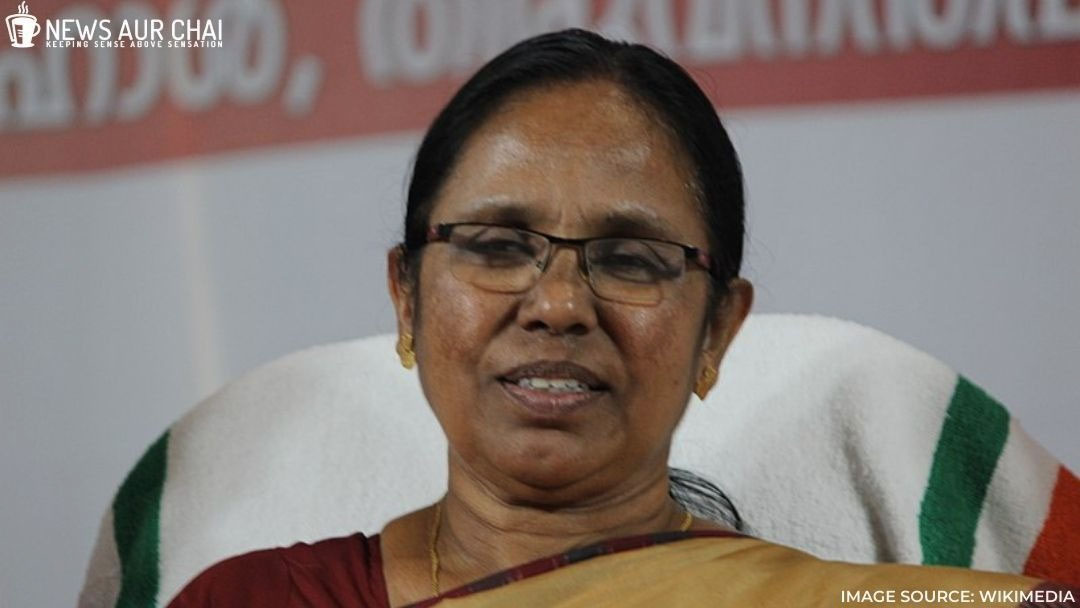
The story of Kerala braving the coronavirus pandemic is now discussed and appreciated across the globe. The world’s second-largest populated country has reported more than 11,616 cases and 452 deaths from the virus as on April 17.
In the beginning, the odds seemed to be accumulated against the scenic southern state, gods own country as it is known, making it a significant tourist spot. The coastal state receives more than 1 million tourists every year.
In January, the state reported the first COVID-19 case in India. The number of cases rose steadily, making it one of the hotspots. Surprisingly, after two months, half a dozen states are reporting more infections than Kerala.
How vulnerable is the state?
Kerala has highly penetrable borders, a massive number of migrant workers, and one-third of its 33 million inhabitants are expatriates. Apart from tourism, it is these expatriates, whose remittances oil the state’s economy. Another notable factor is that hundreds of students from the state study in China.
How Kerala was able to flatten the curve?
More than three months after the outbreak of the pandemic in the country, the state has reported three deaths and more than 388 positive cases of the infection. More than 100,000 people remain in isolation, either at home or in hospitals.
Many believe Kerala has been successful in flattening the curve of the virus, while the infection is reportedly on the rise across India.
Kerala was vigilant from the very beginning. It was one among the first few states that had imposed a lockdown a day before the nationwide lockdown (which was announced to commence from the midnight of March 24).
The state’s communist Government did rigorous contact tracing, using detailed “route maps” of people coming in from abroad. Temporary quarantine shelters were set up to accommodate tourists and other non-residents.
By February, Kerala had a 24-member state response team coordinating with the police and public officials across the state. It declared state emergency by February 3, 2020.
Screening at airports were tightened, and travellers from nine countries — including coronavirus hotspots such as Iran and South Korea — were required to quarantine at home two weeks before the Central Government announced similar restrictions. In one instance, more than a dozen foreign nationals were removed from a flight before takeoff as they had not completed their isolation period.
It’s not that Kerala tested aggressively. Testing was bound strictly by and limited to federal protocols. Health Minister K. K Shailaja as on April 5, said that the PCR test is going on in nine laboratories, and the state has tested more than 8,000 samples so far. Throughout the first week of April, Kerala had conducted more than 15,000 tests.
Commendable healthcare system
Experts compliment, Kerala’s robust public health system, and the culture of thriving grassroots democracy with power devolving effectively to the village councils. This mainly helped in community outreach, meticulous contact tracing and mass quarantine. The Government released sufficient information about the developments every day, which helped the people to be aware of the situation.
The state was able to contain the virus to such an extent due to the decentralisation of the health care system. Village councils took it upon themselves to enforce and monitor mass quarantine with the consent of the people. Statewide shutdown also played a vital role in containing the infection.
The fastidious action from the grassroots of authorities combined with very supportive citizens helped the state to tackle two consecutive floods and an outbreak of the vicious Nipah virus in the last three years.
Health workers supported people with special needs and the elderly living alone. Counsellors made more than 3,40,000 telephone calls to personnel working in affected areas to counsel them on how to handle stress.
However, what is interesting is that the state which reported the first COVID 19 case, the number of new cases in the first week of April dropped 30 per cent from the previous week. With just two deaths, 52 per cent of positive patients have recovered in the state, higher than elsewhere in India.
Kerala has always seen giving importance to the health and education of its people and has the highest literacy rate in India–with 93.91% literacy.
Experts say Kerala’s proactive measures, such as early detection and broad social support measures, could serve as a model for the rest of the country.
Some mishaps
Even after taking such rigorous actions, still, some slipped through. The arrival of a local couple from Italy in the last week of February who did not report to health officials caused alarm. By the time they were detected, they had already attended several social gatherings and travelled widely.
Nearly 900 primary and secondary contacts were traced and isolated.
Robin Thomas, 34, the son-in-law of the couple who returned from Italy, tested positive for the coronavirus, as did his wife and her grandparents. He, along with his wife and his wife’s grandparents, were discharged last week. He stated that apart from “excellent treatment” he received, the medical staff also helped them overcome stigma.
There were many such known and unknown cases, who skipped the procedure of reporting to health sectors after returning from abroad, because of which the number of infected cases increased.
The state was also criticized for going ahead with a local festival (Attukul Pongala) in early March that drew thousands of people.
Economic Package by the state Government
Kerala also announced an economic package worth Rs. 20,00 crore to fight the pandemic days before the Central Government instituted a harsh lockdown that left many states scrambling. It delivered uncooked lunches to school children, linked up with service providers to increase network capacity for the Internet at homes and promised two months of advance pension.
Current situation
Kerala took the lead in deploying rapid testing kits, which officials say they continue to use in hotspots to check community spread. Last week, Kerala introduced walk-in testing, which reduces the need for protective gears for health workers.
As on April 16, the Kerala Health Minister said that the mortality rate in the state is below 0.5 per cent when compared to the other places. She added that the discharge/cure rate in the state is also very high due to the systematic work. During the early days of March, six states of India had approached Kerala for its assistance in dealing with the outbreak said a senior health ministry official.
As per analysts, so far Kerala has stuck to the script and done it well it. Cases have slowed down, recoveries are high, and the mortality rate is low. The state has once again proved its efficiency in tackling a crisis.






2 Comments